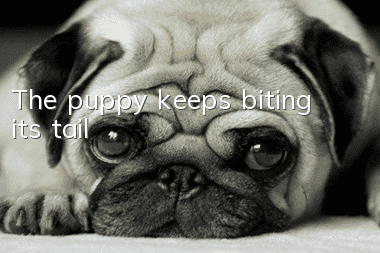Factors that influence successful dog training

In the daily life and feeding and management of dogs, dogs live with their owners all the time and have the most opportunities for contact. This increases the dog's attachment to the owner and is dominated by the owner to a large extent. The owner's appearance (facial expressions, thoughts and emotions, etc.), actions, sounds, smells, etc. can become various stimuli to the dog and form various conditioned reflexes. If not handled properly, they can directly affect the training effect. Here are a few examples:
First, placing excessive demands on dogs often results in frustration in training and even damage to the dog. If the dog does something wrong unintentionally, use a threatening tone to make the dog come to you and whip it with a rope as punishment. In this way, when the dog hears the "come" command in the future, not only will it not come, but it will run away.
Second, confuse training commands with sentences for talking to the dog. In this way, on the one hand, it is difficult for the dog to form a conditioned reflex to the command; on the other hand, unnecessary language becomes a new stimulus for the dog, triggering the dog's exploration reflex, and affects the dog's ability to perform normal training steps according to the command. Therefore, training must be conducted in a quiet venue.
Thirdly, the principle of "treating dogs individually according to their conditions" cannot be implemented in training. Instead, the same method and the same conditions are used for training, which can only make the dog perform extremely simple signals.
Fourth, "over-limit" training. The so-called "over-limit" training refers to making the dog repeat the same action or the same subject for an excessively long time. This can lead to excessive fatigue of the dog's nervous system, which not only fails to shorten the training process, but delays the training time, and some even cause the dog to be eliminated. It often happens when other dog training subjects are progressing quickly, while your own dog is progressing slowly. Mostly caused by acting too hastily.
Fifth, inappropriate rewards. Rewarding food, petting or "good" commands can reward and strengthen dog training, but unscientific use of rewards can cause the opposite effect and blur the boundaries between right and wrong. Therefore, rewards must be clearly purposeful and targeted.
The editor of Pet.com said that factors affecting dog training include climate and environment
1. The impact of climate on training
Wind direction, wind speed, and wind force can all affect the effect, especially the dog's sniffing ability and odor identification. For example, wind direction and wind can affect the transmission of air blades, change the direction of trace odor and reduce the concentration of odor, or confuse the smell of identification items. Wind direction can also help or hinder the propagation of the command sound.
2. The influence of temperature
When the temperature rises beyond the dog's normal adaptation limit, it will cause fatigue to the dog's nervous system. For example, if the temperature is 25 degrees Celsius, the dog's breathing will speed up and the nerve excitability will decrease, which will affect the training effect. When the temperature is below 0 degrees Celsius, the smell not only fails to rise and evaporate, but gradually sinks and floats to the surface, even freezing with the ground, which significantly affects tracking, search and other training.
3. Effect of humidity
Excessive humidity affects the retention and transmission of odor, such as heavy rain and snow, not onlyIt can wash away the odor on the items, or it can cover the odor and make it disappear; if the humidity is too low, such as long-term drought, the transmission and evaporation of the odor can be accelerated, and the retention time will be shorter.
4. Environmental impact
The surrounding environmental conditions of the training venue are complex, such as areas with a large flow of people, vehicles, livestock, and poultry. Various stimuli are not only numerous, but also complex, difficult to identify, and can also be masked by other smells. Additionally, different zones retain odors to varying degrees. Generally speaking, grassland, loose soil and woods retain odors better, while cement floors, asphalt fields, bare mountains without vegetation, etc. retain odors for a shorter time.
- Precautions for feeding puppies
- Why does your dog keep sneezing? Try these methods!
- Basenji Dog Price and Breeding Methods
- Things to note when raising a Basset Dog
- What are the symptoms of cataracts in dogs and how to prevent them?
- How to train a dog to lie down
- Why do dogs like to eat grass?
- How dogs express emotions
- What should I do if my dog doesn’t want to keep barking in the cage?
- What's wrong with the red pimple on the puppy's eye?



